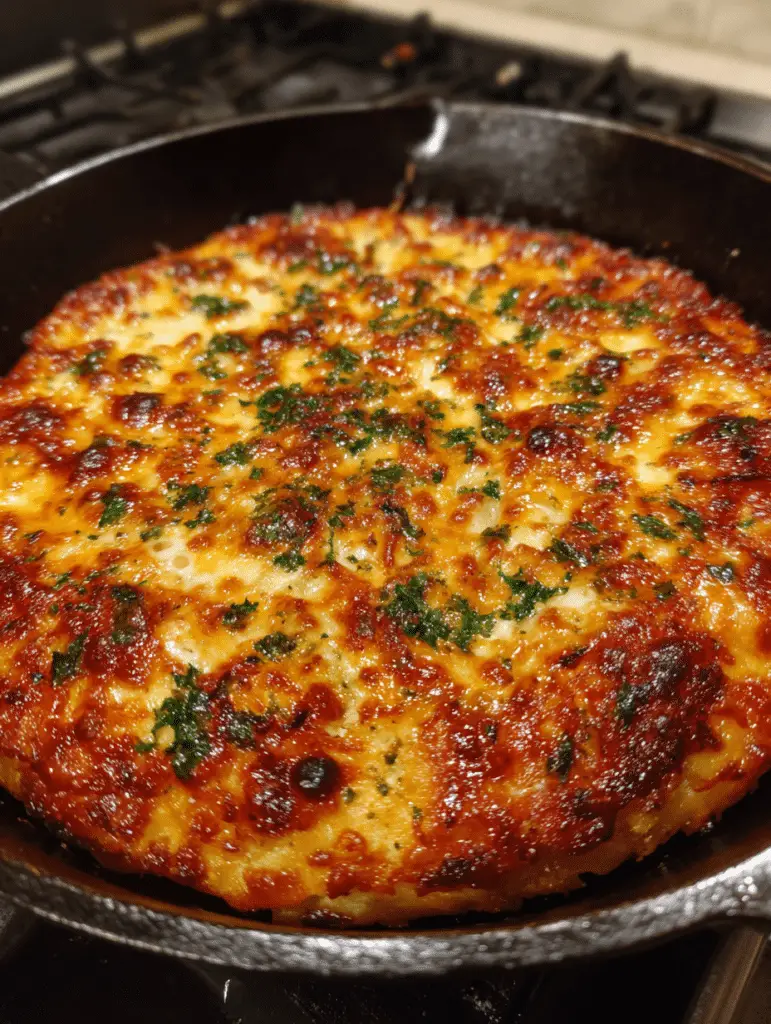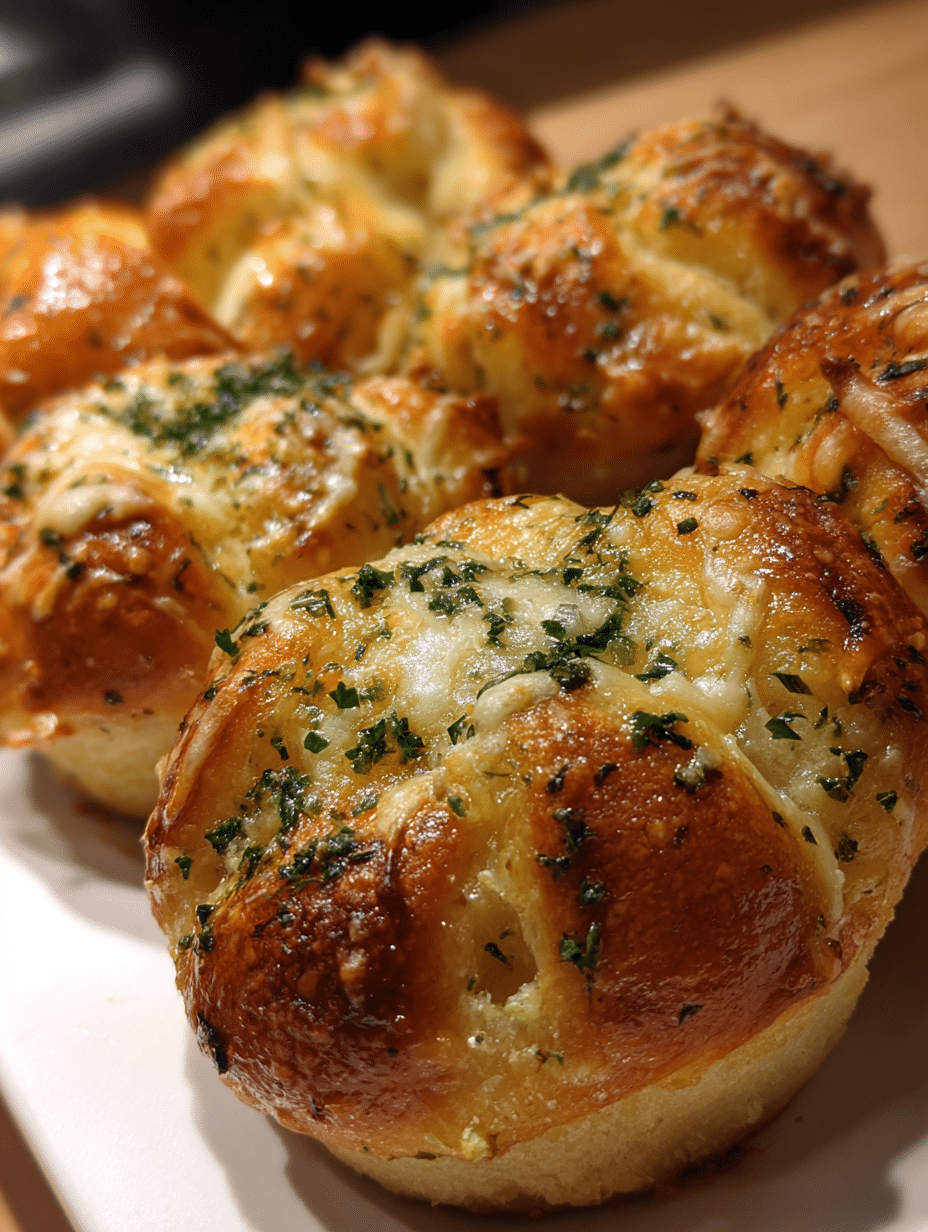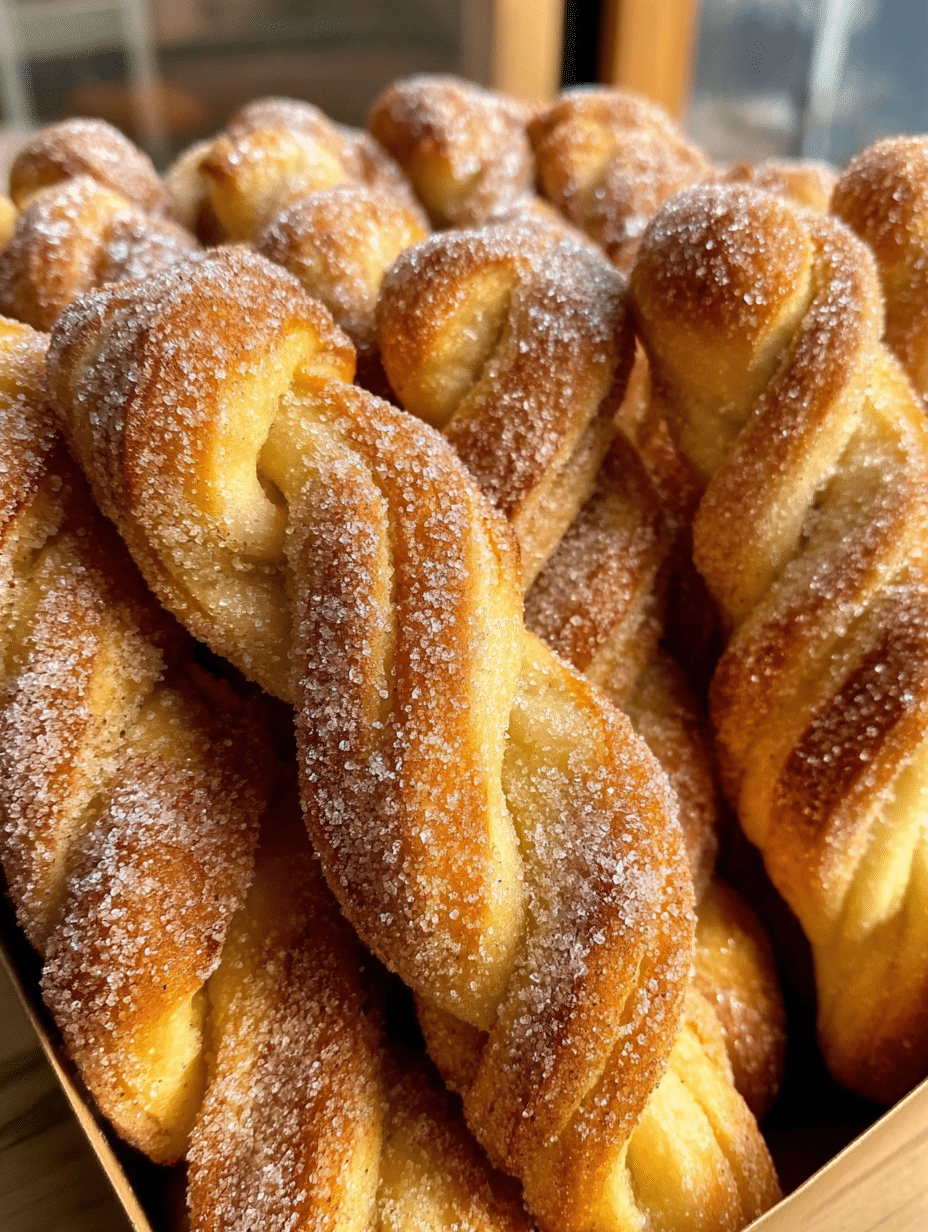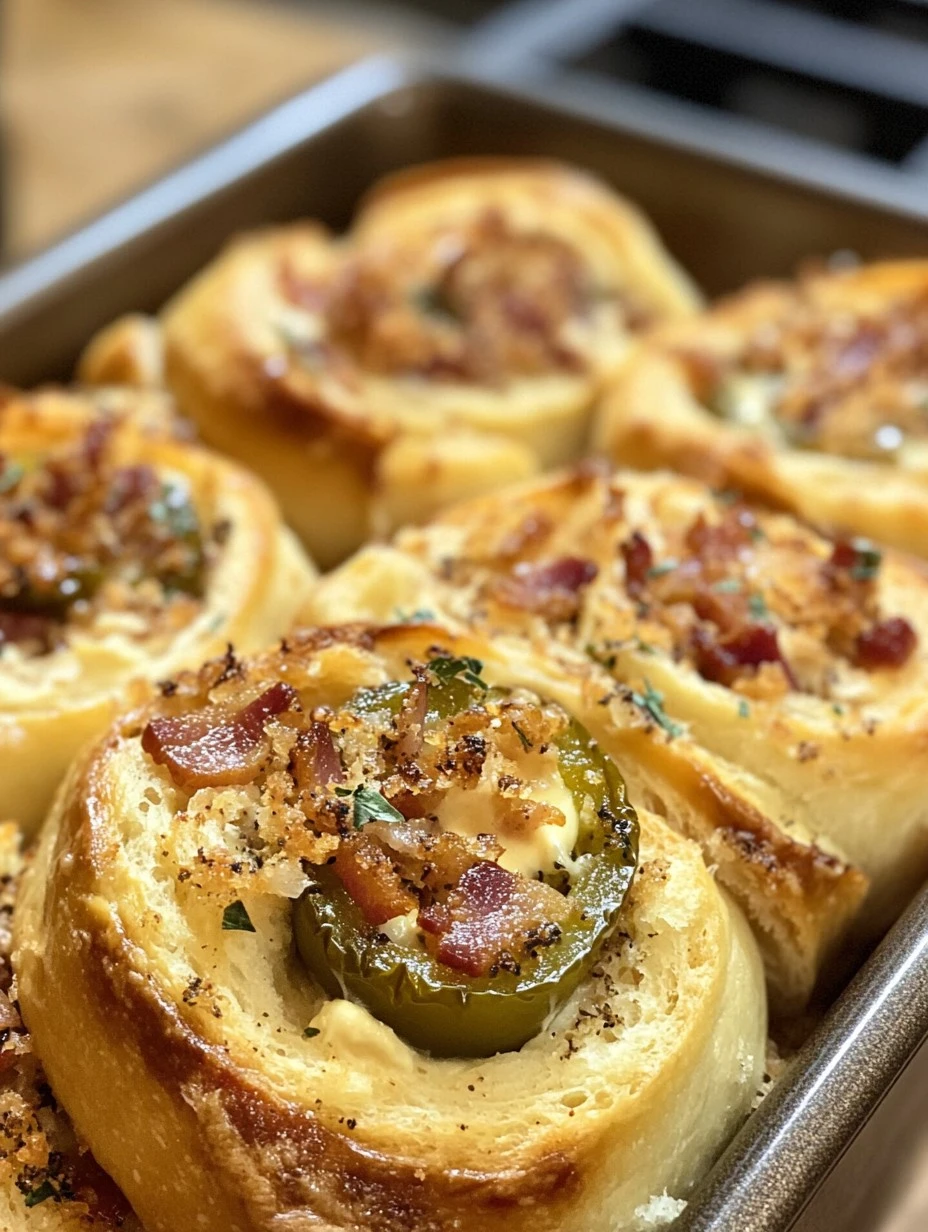If you’re craving a tangy, crispy, and chewy pizza crust, this sourdough pizza crust recipe is your ticket to flavor heaven. Using sourdough starter in pizza dough doesn’t just add depth it transforms an ordinary pie into something remarkable. In this post, I’ll share the story behind my favorite crust, walk you through each step, and answer top questions like: Can sourdough be used for pizza crust?, Is it better than traditional dough?, and What flour gives it that perfect bite? Let’s unlock how to get a crispy sourdough crust and why this method might just become your go-to.
Table of Contents

Sourdough Pizza Crust Recipe – Crispy Texture, 4 FAQs Answered
- Total Time: 30 minutes active, 24 hours total
- Yield: 2 12-inch pizzas 1x
- Diet: Vegetarian
Description
A tangy, chewy, and crispy sourdough pizza crust made with natural starter and no commercial yeast. Perfect for Friday pizza nights!
Ingredients
100g active sourdough starter
300g bread flour
200g all-purpose flour
375g water (filtered)
10g salt
1 tbsp olive oil (optional)
Instructions
1. Mix flours, water, and starter in a bowl until shaggy; rest 30 minutes.
2. Add salt and knead gently until incorporated.
3. Perform 3–4 stretch-and-folds over 2 hours, resting 30 mins between each.
4. Let dough bulk ferment 4–6 hours at room temp, until doubled.
5. Refrigerate overnight (12–24 hrs) for cold fermentation.
6. Remove from fridge, divide if needed, rest 1 hour.
7. Stretch dough onto parchment paper and top lightly.
8. Bake on hot stone at 475–500°F for 8–10 minutes until golden and crisp.
Notes
Optional: Add a pinch of sugar to the dough for extra browning.
Brush crust edges with olive oil for golden blistered finish.
- Prep Time: 20 minutes
- Cook Time: 10 minutes
- Category: Dinner
- Method: Baking
- Cuisine: Italian-American
Nutrition
- Serving Size: 1 slice
- Calories: 180
- Sugar: 0.5g
- Sodium: 290mg
- Fat: 3g
- Saturated Fat: 0.5g
- Unsaturated Fat: 2g
- Trans Fat: 0g
- Carbohydrates: 33g
- Fiber: 1g
- Protein: 5g
- Cholesterol: 0mg
Keywords: sourdough pizza crust recipe, sourdough pizza dough, crispy sourdough base
How My Sourdough Pizza Obsession Started
When Leftovers Became the Star
One Friday evening in West Lafayette, I was staring at a bubbly jar of sourdough discard and a fridge full of “not quite dinner” ingredients. Pizza night was calling, but I didn’t want another dense crust or soggy slice. I remembered a note in my baking journal about letting dough ferment longer for deeper flavor. That night, I let my sourdough starter guide me. The result? A crust that was chewy at the edge, crispy underneath, and perfectly tangy in every bite. Since then, this sourdough pizza crust recipe has been our Friday night ritual.
I’ve tested dozens of crusts from traditional yeasted doughs to no-knead experiments but sourdough pizza crust holds a special place in my kitchen. It’s alive, evolving, and surprisingly easy once you get the hang of it. Whether you’re using a young starter or one that’s been sitting for weeks, sourdough adapts beautifully.
Why Sourdough Crust Is Worth the Wait
Sourdough pizza crust isn’t just about avoiding commercial yeast; it’s about depth. The long fermentation brings out complex flavors, improves digestibility, and gives you that artisan pizzeria texture without leaving your house. If you’ve loved the chewy golden knots in sourdough garlic knots or enjoyed the tangy bite of sourdough French bread, you already know what sourdough can do. Pizza crust is just another exciting way to let it shine.
And yes, you can absolutely use sourdough starter for pizza dough. It’s not only possible it’s better. Up next, we’ll go step-by-step through the process to help you make your own perfect crust.

Making the Perfect Sourdough Pizza Dough
The Ingredients That Make It Work
A great sourdough pizza crust recipe starts with just a handful of ingredients: flour, water, salt, olive oil, and active sourdough starter. But quality matters. Use filtered water and unbleached flour for best fermentation. Your starter should be bubbly and recently fed, ideally within 4–6 hours of peak activity.
For flour, I love mixing all-purpose with bread flour this blend gives enough protein for chew but stays tender in the center. You can also experiment with whole wheat or spelt for a nuttier taste. Want inspiration for using alternative flours? Check out my buckwheat flour recipes for creative variations.
Here’s a simple table to get you started:
| Ingredient | Amount |
|---|---|
| Active Sourdough Starter | 100g |
| Bread Flour | 300g |
| All-Purpose Flour | 200g |
| Water | 375g |
| Salt | 10g |
| Olive Oil (optional) | 1 tbsp |
Step-by-Step Dough Process (Made Easy)
- Mix the dough: Stir together the flours, water, and sourdough starter until shaggy. Rest for 30 minutes.
- Add salt: Sprinkle on salt, knead gently, and let the dough rest again.
- Stretch and fold: Over 2–3 hours, perform 3–4 stretch-and-folds every 30 minutes to build structure.
- Bulk ferment: Let dough rise at room temp (around 70°F) for 4–6 hours, or until doubled.
- Cold ferment: Transfer dough to the fridge for 12–24 hours. This deepens flavor and enhances texture.
After this, your dough is ready to shape, top, and bake. If you’ve enjoyed working with discard before in recipes like my sourdough pizza rolls, this recipe will take it to the next level.
Up next, we’ll cover baking tips, oven setup, and tricks for that crackly, airy, and crisp sourdough crust.
Bake It Right Get That Crispy Sourdough Crust
Secrets to a Crispy, Airy Pizza Base
Getting that perfect crunch on the bottom while keeping the center tender is all about heat and timing. The biggest mistake I see? Baking sourdough pizza at too low a temperature. You want high heat at least 475°F, ideally 500°F. A pizza stone or steel makes all the difference here. Preheat it in your oven for at least 45 minutes before baking.
If you don’t have a stone, turn a baking sheet upside-down and preheat that instead. Then slide your pizza onto the hot surface. This trick has saved many crusts in my early sourdough days.
Want to amp up that chew without sacrificing crispness? Hydration is key. My crust uses a slightly higher water ratio than traditional pizza dough it lets the sourdough starter shine, bubbles form, and edges blister.
Looking for the ultimate sidekick to your pizza night? These sourdough garlic parmesan knots bake right alongside and use the same dough technique.

Bake Like a Pro in a Home Oven
Once your oven is blazing hot and your dough is stretched (not rolled stretching preserves bubbles), add your toppings fast. Don’t overload the crust, especially with wet ingredients like fresh mozzarella or tomatoes. Use less sauce than you think you need.
Here’s a quick baking flow:
- Stretch dough onto parchment (easy for transfer)
- Add toppings
- Slide onto hot stone or sheet
- Bake for 8–10 minutes or until the edges blister and brown
Want extra flavor? Brush the crust edges with olive oil and sprinkle sea salt before baking. For more crust-loving inspiration, I use the same crisping method in these cheesy sourdough breadsticks, and they never disappoint.
In the next section, we’ll tackle FAQs about flours, crisping techniques, and why sourdough pizza is so craveable.
FAQS
can sourdough be used for pizza crust?
Yes, sourdough makes an exceptional pizza crust. Unlike store-bought yeast doughs, it develops flavor naturally during fermentation. The tangy undertone of sourdough balances beautifully with tomato sauce, cheeses, and toppings. Whether you’re going for chewy Neapolitan-style or thin and crispy, this sourdough pizza crust recipe adapts well. If you’re used to baking sourdough French bread, you’ll love how this method builds on those skills.
Is sourdough pizza dough better?
Many think so. Sourdough isn’t just about taste it’s also about digestibility and texture. Long fermentation breaks down gluten and phytic acid, making the crust easier on your gut. Plus, it holds its shape better during stretching, and the bake results in a blistered, golden finish you can’t get with quick-rise yeast. That’s why it’s been my go-to ever since discovering how tangy discard worked injalapeño popper bread bowls.
What is the best flour for sourdough pizza base?
Bread flour is best for structure, while all-purpose adds tenderness. I often blend the two. If you want a lighter crust, try 70% bread flour to 30% all-purpose. Want a rustic edge? Add 10% whole wheat or spelt. Just remember, more whole grain = more chew and less rise. For adventurous bakers, exploring flours like in buckwheat recipes can yield creative, nutty results.
How to make a crispy sourdough crust?
High hydration, proper fermentation, and a super hot oven. Don’t skip the cold ferment it deepens flavor and encourages a thin, crispy outer shell. Always preheat your baking surface, and stretch the dough gently to keep those air pockets intact. Bake directly on a stone or steel, or invert a baking sheet. Avoid overloading toppings, especially wet ones, which can soften your base. For extra crisp, sprinkle semolina under your dough before baking.
Conclusion
This sourdough pizza crust recipe is more than a base it’s a foundation for flavor, texture, and creativity. Whether you’re new to sourdough or have been nurturing your starter for years, making pizza from scratch adds magic to mealtime. The process invites you to slow down, experiment, and enjoy every stretch, fold, and bite.
From my West Lafayette kitchen to yours, I hope this crust becomes your Friday night favorite, too. If you’re still craving something savory, try pairing it with garlic herb crackers or our soft sourdough naan. Here’s to tangy crusts and shared tables! more recipes follow me: facebook – Pinterest





